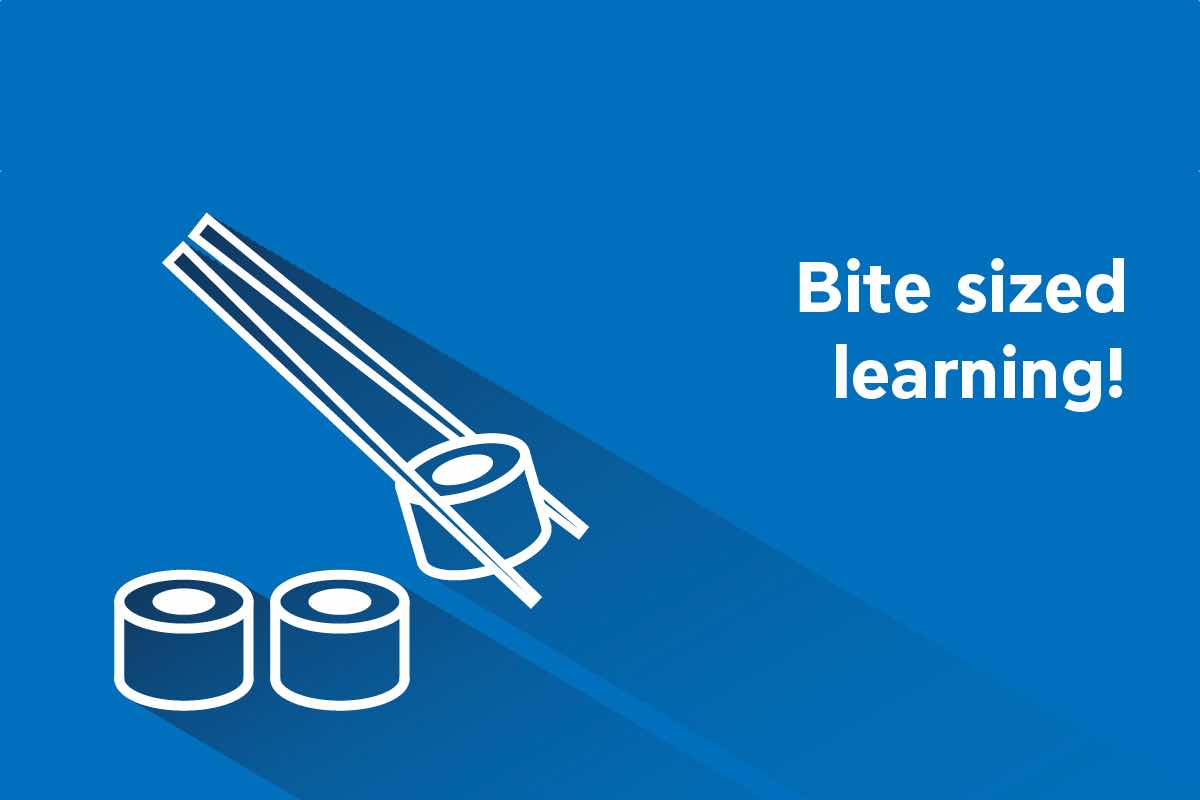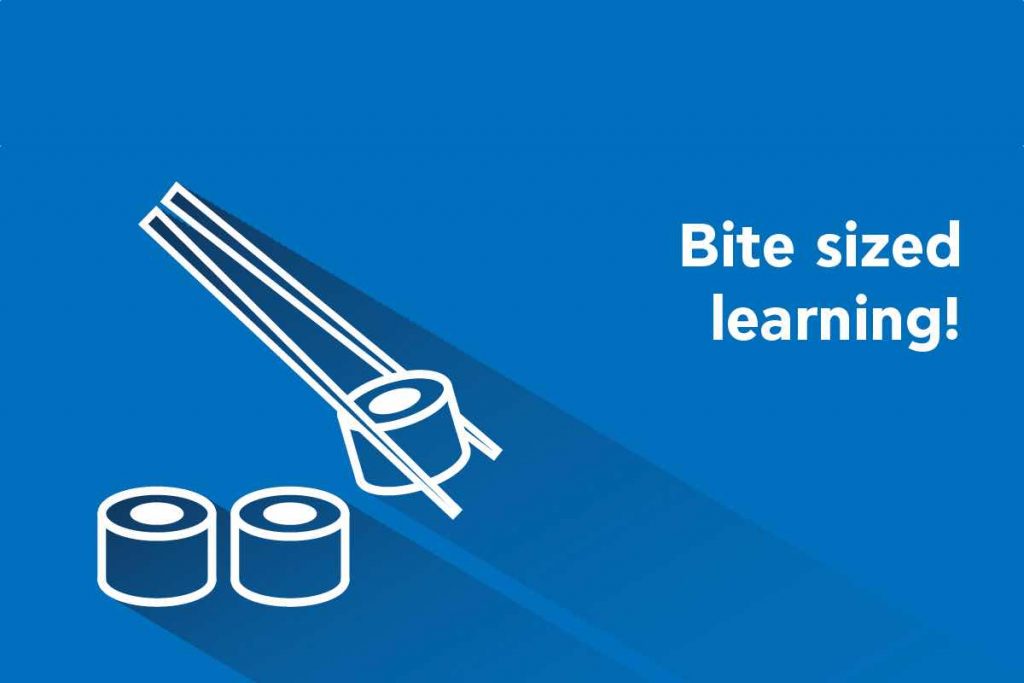Gone are the days of uninspired and unvaried five-day training seminars led by instructors silhouetted against the bright backdrops of their PowerPoint presentations. Learning today is fast, to the point and designed to be consumed anywhere and anytime. The traditional format of training—sitting in front of an “expert” droning on, trying to not fall asleep—is long out of fashion. Learning professionals demand that their training needs be met in a more flexible and personalised manner. They want to be challenged; they want learning to keep pace with them, not the other way around. And rightly so, because it’s time that learning be adapted to the changing workplaces.
Lifestyles have changed dramatically over the past decade. It’s the age of streaming giants like Netflix and Amazon Prime and online food delivery companies like Zomato and Swiggy: people want to watch TV at their own pace and not be tethered to the constraints of time, work schedules or advertisements, they want to be able to order food whenever they want and not be bothered by the time of day, minimum order stipulation or where they are—whether it be in their bedroom or on the move abroad an Indian Railways train. It’s not surprising, then, that people want the same from educational content.

